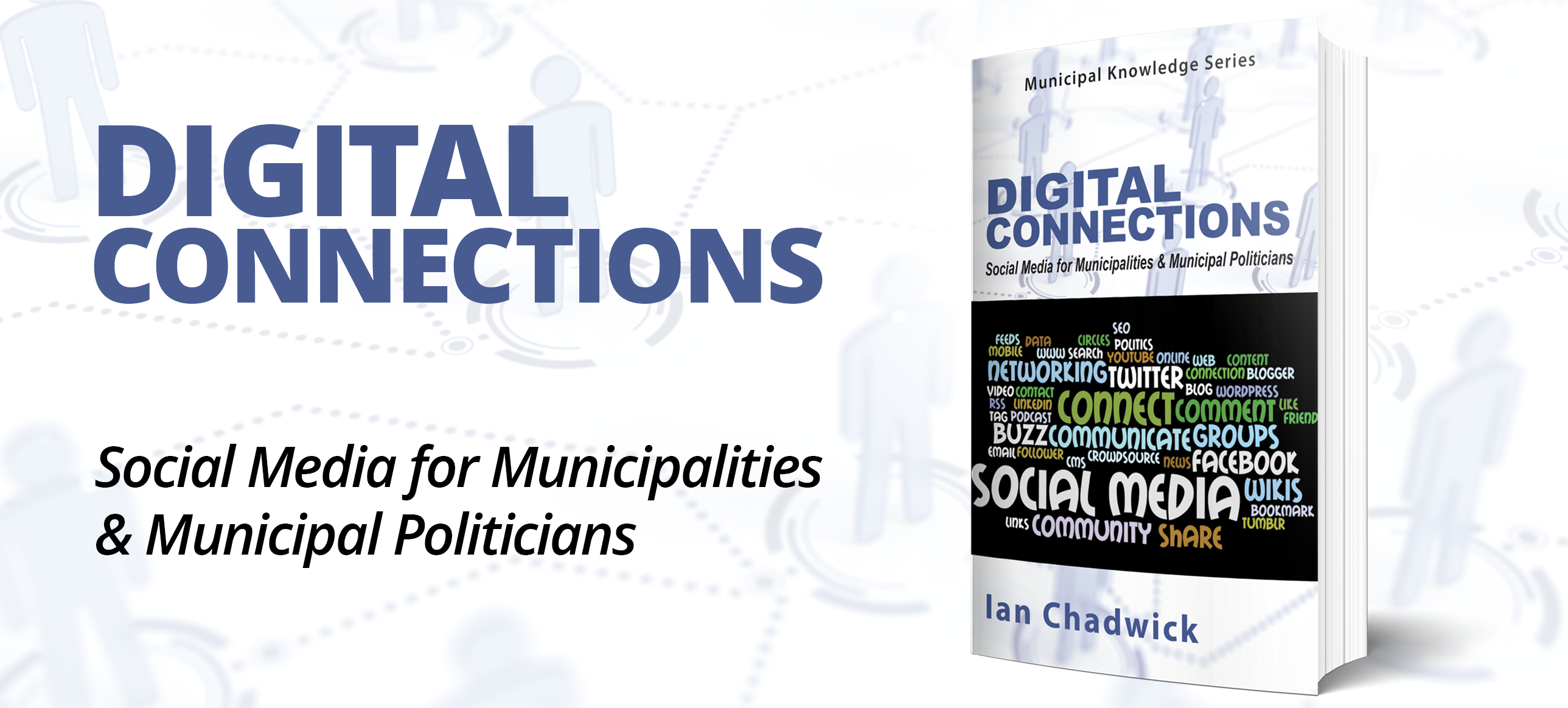The incredible power of place
 The incredible power of place
The incredible power of place
Cities around the world are increasingly prioritizing place like never before because people are prioritizing quality of place like never before. With this one simple shift in mindset, there is a new power of place. Every day this new reality is being revealed, not only through emerging research, but also in the mainstream as place is a hot topic in the media and with local leaders and residents.
Prioritizing Place Quality over the Job
We are in a global competition for talent, with young people choosing their jobs differently than previous generations. Historically, people chose a job based primarily on the job itself. Today, we are experiencing the first generation of talent that will prioritize the place where the job is located over the job itself. This shift has had far-reaching implications as local leaders and businesses now not only have to sell jobs, but also sell places to effectively recruit and retain desired talent and keep companies in town.
Job Satisfaction and Feelings about Place
Getting the right talent is only half the battle. Keeping that talent is the other half. The boundaries between outside place and workplace are increasingly blurred, as evidenced by the finding that employees’ feelings about the place is positively related to job satisfaction. As positivity about the place increases, so does reported job satisfaction. Of course, many other factors affect job satisfaction. But, it has only been in the last decade that workers’ relationship with their place has emerged as one of those factors.
Local Economic Growth and Place Quality
As with job satisfaction, there are many factors related to local economic growth. It has only been recently, however, that feelings about the place have entered into the equation. This finding has caused many cities around the world to update their local economic development playbooks to include place quality as critical to local economic success and growth.
Quality of Life, Personal Life Status, and a Well-Matched Environment
As humans, our relationship and “fit” with our environment are key factors in us either “striving” or merely “surviving.” This finding is so central to the human experience that all social science disciplines have asserted its importance. This means places must have certain characteristics to create that quality, but those characteristics must also be presented in a way that resonates with residents. In other words, places must provide quality of life, but it also must feel like quality of life to its residents.
Resident’s Relationships with Place
The decision to buy a house, leave a job, start a business, be a “good citizen” – even less expected decisions like whether to be social, isolated, or seek personal health or not – are a function of a resident’s relationship with their place. When that relationship is strong, resident decisions that are ultimately good for the place are more present.
Place ultimately affects every aspect of our lives and the emerging research is confirming the power of place in our lives is only growing in influence.
The place landscape has changed and leadership must update their priorities accordingly. Of course, all of the expectation cannot fall just on leadership’s shoulders. In fact, it is residents who provide the spirit of a place, as well as the openness/welcomeness and civility that creates the community culture that is so important. The private business sector also plays a major role in contributing to the social offerings of the place and land development projects. As with many other aspects of place, a systemic and collaborative approach is critical.
The good news is that place attachment is incredibly nimble. Research shows a change in perceptions about even one aspect of the key drivers in a community could be mapped to a change in resident attachment the following year. Additionally, small investments in the drivers can make a big difference in residents’ perceptions. These don’t have to be major investments and, at first, they really shouldn’t be. The goal is to get quick wins that raise and deliver on residents’ optimism about their place. In fact, sometimes, no actual change is needed. Instead, the residents’ perception must be targeted to better match the reality of their place. Sometimes, residents must rediscover their place.
Understanding and applying the new lessons on the role of place in our lives, optimizing our place authentically, and connecting residents’ feelings to hard community outcomes are key to place success in the 21st century. New discoveries and innovative solutions make this an exciting time to be leading on the front lines of place. MW
A version of this article was published in Municipal World, March 2018.
Municipal World Insider and Executive Members: You might also be interested in the full version of this article or in Ted Wilson’s article: The Flour Mill: Rediscovering and revitalizing “place” in Sudbury, Ontario. Note that you can now access the complete collection of past articles (and more) from your membership dashboard.
Dr. Katherine Loflin is an award-winning, internationally recognized trailblazer in the science of quality of life places and why they matter, earning her the moniker of “The City Doctor.” She is the principal of her own global consulting practice, celebrating 10 years in service. She is a two-time TEDx talker, author, public speaking coach, and widely-featured expert in the U.S. and international press.
Related Resource Materials



